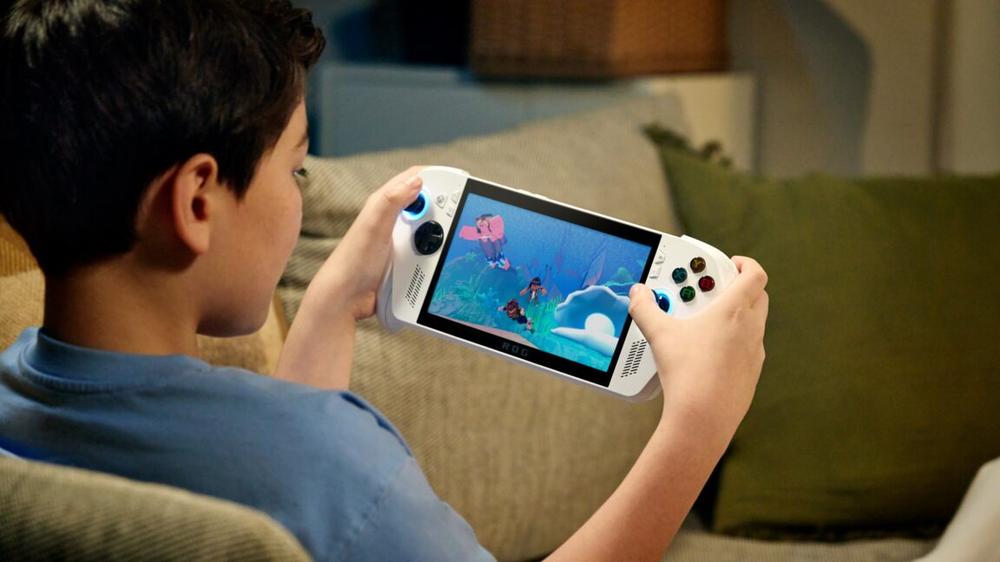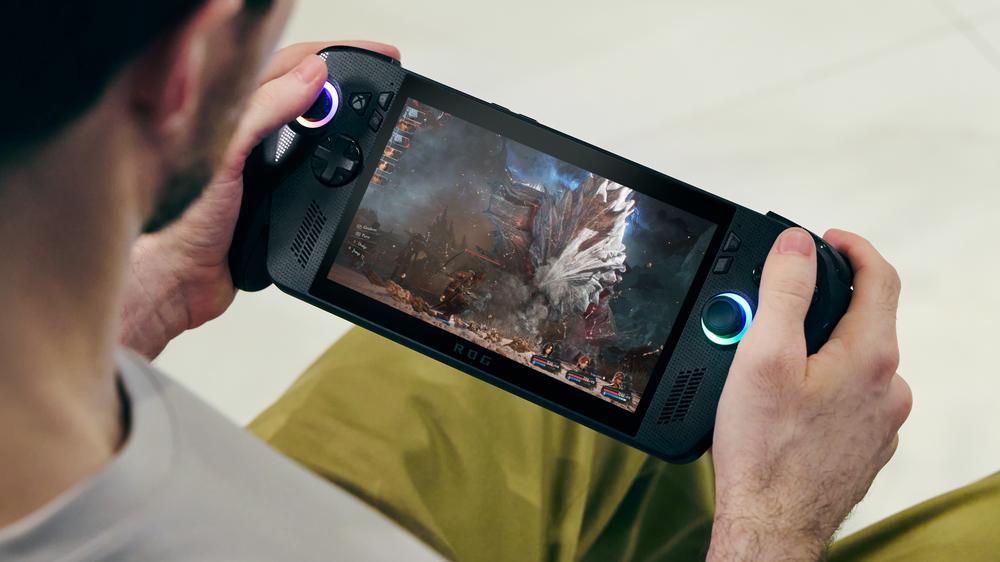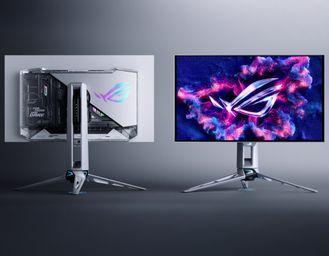Asus and Microsoft will be launching their ROG Xbox Ally series of handheld gaming PCs starting October 16, according to an Asus announcement that went out today.
An Xbox-branded extension of Asus' existing ROG Ally handheld line, the basic ROG Xbox Ally and more powerful ROG Xbox Ally X, both run a version of Windows 11 Home that's been redesigned with a controller-first Xbox-style user interface. The idea is to preserve the wide game compatibility of Windows—and the wide compatibility with multiple storefronts, including Microsoft's own, Valve's Steam, the Epic Games Store, and more—while turning off all of the extra Windows desktop stuff and saving system resources. (This also means that, despite the Xbox branding, these handhelds play Windows PC games and not the Xbox versions.)
Microsoft and Asus initially announced the handhelds in June. Microsoft still isn't sharing pricing information for either console, so it's hard to say how their specs and features will stack up against the Steam Deck (starting at $399 for the LCD version, $549 for OLED), Nintendo's Switch 2 ($450), or past Asus handhelds like the ROG Ally X ($800).
Both consoles share a 7-inch, 1080p IPS display with a 120 Hz refresh rate, Wi-Fi 6E, and Bluetooth 5.4 support, but their internals are quite a bit different. The lower-end Xbox Ally uses an AMD Ryzen Z2 A chip with a 4-core Zen 2-based CPU, an eight-core RDNA2-based GPU, 512GB of storage, and 16GB of LPDDR5X-6400—specs nearly identical to Valve's 3-year-old Steam Deck. The Xbox Ally X includes a more interesting Ryzen AI Z2 Extreme with an 8-core Zen 5 CPU, a 16-core RDNA3.5 GPU, 1TB of storage, 24GB of LPDDR5X-8000, and a built-in neural processing unit (NPU).
The beefier hardware comes with a bigger battery—80 WHr in the Ally X, compared to 60 WHr in the regular Ally—and that also makes the Ally X around a tenth of a pound (or 45 grams) heavier than the Ally.
Windows takes on SteamOS
The ROG Xbox Ally consoles and their bespoke Windows customizations are a response to Valve's SteamOS, which has a clean, fast, gaming-centric, controller-first user interface but can't run all Windows games and makes it a bit of a pain to run games from storefronts other than Steam.
And Microsoft is promising other software optimizations, too. Like SteamOS, Microsoft will label games that work well with the ROG Xbox Ally with either "Handheld Optimized" or "Mostly Compatible" labels.
"Handheld Optimized means that the game is ready to go—with default controller inputs, an intuitive text input method, accurate iconography, clear text legibility, and appropriate resolution in full-screen mode," says Asus' press release about the Xbox team's efforts. "Mostly Compatible means that the game may require minor in-game setting changes for an optimal experience on handheld."
More features are being promised for "early next year," including an Automatic Super Resolution feature that will use the Ryzen AI Z2 Extreme's built-in neural processing unit (NPU) to provide high-quality upscaling for games "with no additional changes required from game developers." Another AI-powered feature claims that it will "capture standout gameplay moments" and assemble them into shareable video highlight reels.
Although the gaming-centric interface and other software features will initially be exclusive to ROG Xbox Ally, Microsoft has stated that they will be added to the regular versions of Windows at some point next year. Once there, the features will presumably make any Windows-running handheld functionally identical to the ROG Xbox Ally—including older ROG Ally handhelds.
However, Valve's SteamOS is making a play for other handheld PCs, too. One of Lenovo's Legion Go handhelds was the first to officially launch in both Windows and SteamOS variations, but Valve has been working to make SteamOS more widely compatible with other handhelds and generic PC hardware, and the ROG Ally series is one of the models on the compatibility list.

 Asus Confirms the ROG Xbox Ally X Will Launch in October
Asus Confirms the ROG Xbox Ally X Will Launch in October